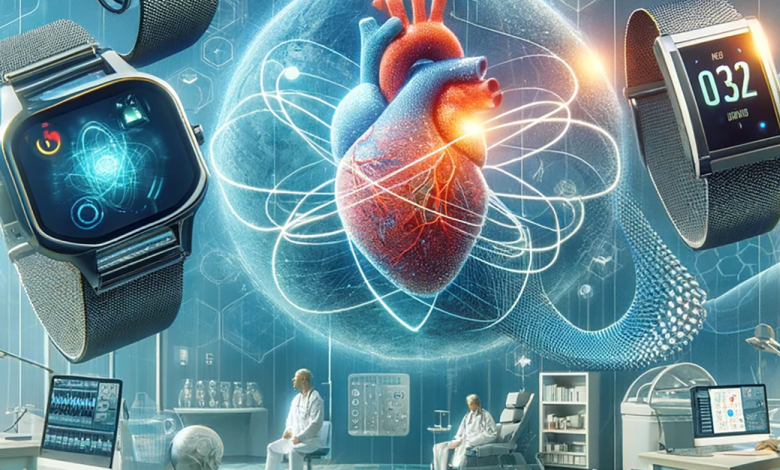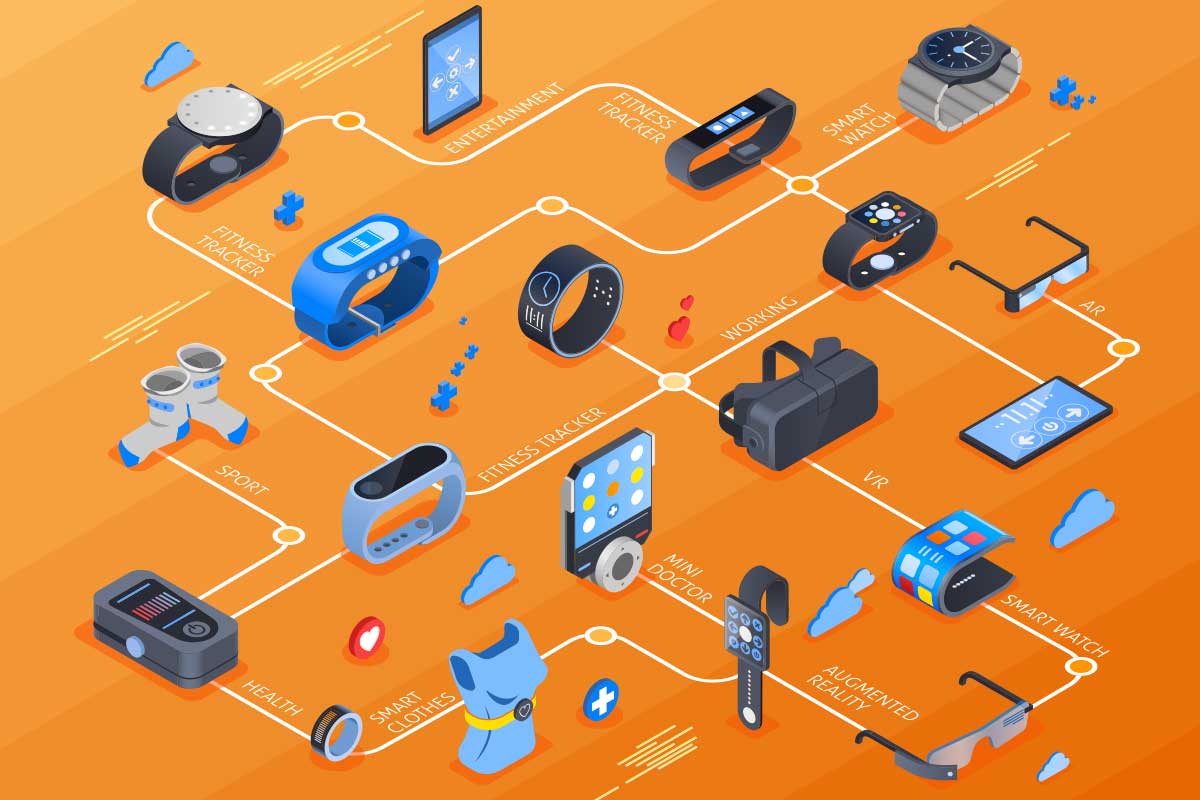What is Wearable Technology?

What is Wearable Technology?
Wearable technology refers to electronic devices worn on the body. These devices can track health metrics, provide notifications, and enhance daily activities. Common examples include smartwatches, fitness trackers, and smart glasses. Wearable technology has become increasingly popular, offering users convenience and connectivity.
The Importance of Wearable Technology
It is reshaping how we interact with the digital world. Here are some reasons why it matters:
- Health Monitoring: Wearable devices track health metrics such as heart rate, steps taken, and sleep patterns. This data helps users understand their health and make informed decisions.
- Fitness Tracking: Many wearables are designed for fitness enthusiasts. They provide insights into workouts, helping users achieve their fitness goals. Real-time feedback can motivate individuals to stay active.
- Convenience: Wearables offer quick access to information. Users can receive notifications, check messages, and control music without reaching for their phones. This convenience enhances daily life.
- Safety Features: Some wearable devices include safety features like fall detection and emergency alerts. These functions can be lifesaving, especially for older adults or individuals with health concerns.
- Data Collection: Wearable technology collects valuable data over time. This data can be used for research and development in various fields, including healthcare and sports science.
Types of Wearable Technology
It comes in various forms, each serving different purposes:
- Fitness Trackers: These devices monitor physical activity, heart rate, and calories burned. Popular models include Fitbit and Garmin devices. They often sync with mobile apps for detailed analysis.
- Smartwatches: Smartwatches combine fitness tracking with smartphone functionality. Users can receive calls, messages, and notifications directly on their wrists. Examples include the Apple Watch and Samsung Galaxy Watch.
- Smart Glasses: These innovative devices provide augmented reality experiences. They display information directly in the user’s line of sight. Google Glass and Microsoft HoloLens are notable examples.
- Health Monitors: Some wearables focus specifically on health metrics. Devices like continuous glucose monitors help individuals with diabetes manage their condition effectively.
- Wearable ECG Monitors: These devices can detect irregular heart rhythms. They provide valuable data for those with heart conditions, enabling timely medical intervention.

Benefits of Wearable Technology
Wearable technology offers numerous benefits to users:
- Improved Health Management: By tracking vital signs and activities, wearables empower users to take control of their health. This self-monitoring can lead to healthier lifestyles.
- Enhanced Performance: Athletes use wearable devices to analyze performance metrics. This data-driven approach helps them optimize training and achieve better results.
- Real-Time Feedback: Wearables provide immediate feedback during workouts or daily activities. This instant information helps users make adjustments and stay motivated.
- Long-Term Health Tracking: Continuous data collection allows users to track their health over time. Identifying trends can lead to early detection of potential health issues.
- Increased Engagement: Many wearable devices gamify health and fitness. Users can set goals, earn rewards, and compete with friends, fostering a sense of community and motivation.
Challenges of Wearable Technology
Despite its benefits, wearable technology faces several challenges:
- Privacy Concerns: Wearables collect sensitive data, raising privacy issues. Users must trust that companies will protect their information.
- Battery Life: Many wearable devices require regular charging. Battery life can limit usage and convenience.
- Comfort and Design: Some users may find certain wearables uncomfortable. Design and ergonomics are crucial for user adoption.
- Data Overload: With so much data available, users may feel overwhelmed. Making sense of the information can be challenging without proper guidance.
- Integration Issues: Compatibility with other devices and platforms can be a concern. Users may experience difficulties syncing data across different applications.
The Future of Wearable Technology
The future of wearable technology looks promising, driven by several trends:
- Advancements in Health Monitoring: Wearable devices will continue to evolve, offering more advanced health monitoring capabilities. Features like blood pressure monitoring and hydration tracking may become standard.
- Integration with Smart Homes: Wearables will increasingly connect with smart home devices. Users could control lights, thermostats, and security systems directly from their wearables.
- Artificial Intelligence: AI will play a significant role in wearable technology. Enhanced data analysis will provide users with personalized insights and recommendations.
- Fashion Integration: Wearable technology will see more integration into fashion. Designers will create stylish wearables that appeal to a broader audience.
- Increased Focus on Mental Health: Future wearables may include features aimed at monitoring mental health. Stress management tools and mindfulness applications could become commonplace.

Real-World Applications of Wearable Technology
Wearable technology is already making an impact in various sectors:
- Healthcare: Hospitals and clinics are adopting wearables to monitor patients remotely. This technology can improve patient care and reduce hospital visits.
- Sports and Fitness: Coaches and trainers use wearables to gather data on athletes’ performance. This information helps tailor training programs for optimal results.
- Corporate Wellness Programs: Companies implement wearable technology in wellness initiatives. Employees can track their health, leading to improved overall well-being.
- Military Applications: The military uses wearables for situational awareness. Devices that monitor vital signs can provide critical data during operations.
- Entertainment: The gaming industry is exploring wearables for immersive experiences. Devices that track movement can enhance gameplay and user engagement.
Conclusion
Wearable technology is revolutionizing how we monitor our health, stay connected, and interact with the world. With its numerous benefits and growing applications, wearables are becoming integral to daily life. As technology continues to advance, we can expect even more innovative solutions that enhance our health and lifestyle. By embracing wearable technology, individuals and organizations can unlock new possibilities for improvement and engagement.



